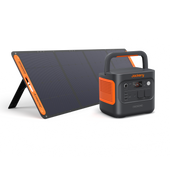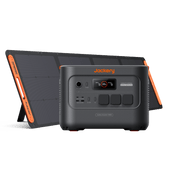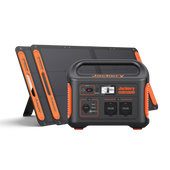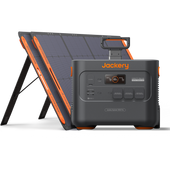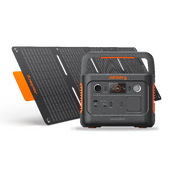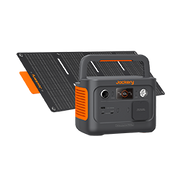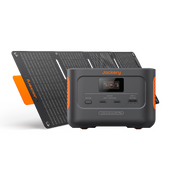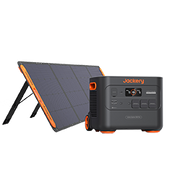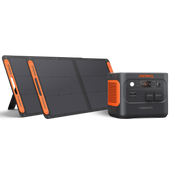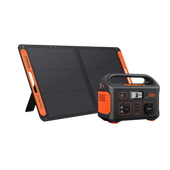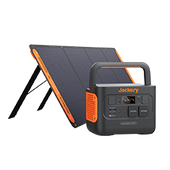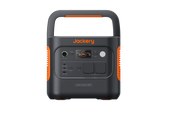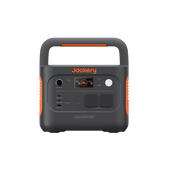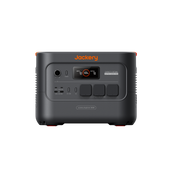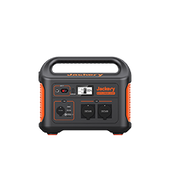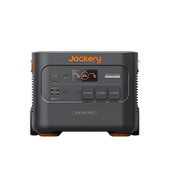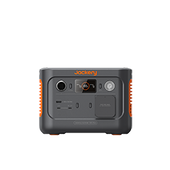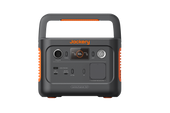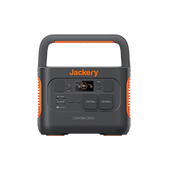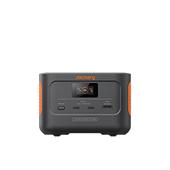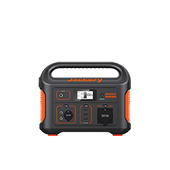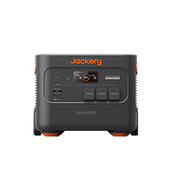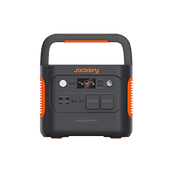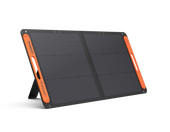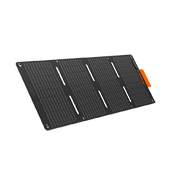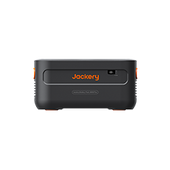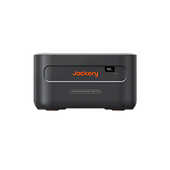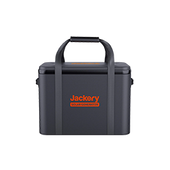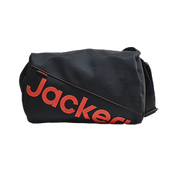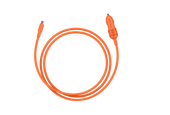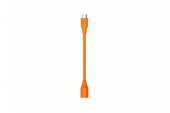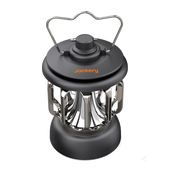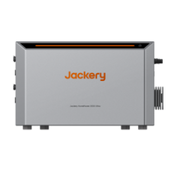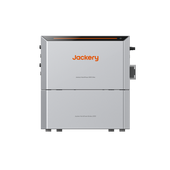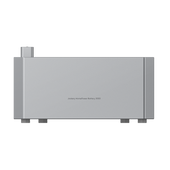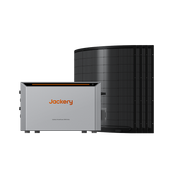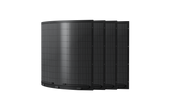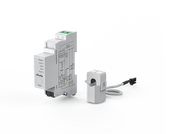Transparent or Black Solar Panel? How to Choose Between Them?

Transparent and black solar panels are two favored options in the realm of solar energy. Understanding their characteristics and choosing the right one for specific applications is crucial for maximizing the benefits of solar power.Transparent and black solar panels are two favored options in the realm of solar energy. Understanding their characteristics and choosing the right one for specific applications is crucial for maximizing the benefits of solar power.
- Transparent solar panels, also known as solar windows or see-through solar panels, are designed to allow light to pass through, making them ideal for applications where aesthetics and architectural integration are important. They can be seamlessly integrated into windows, facades, or other building structures without compromising the visual appeal. Offer the advantage of combining energy generation with natural lighting, they are suitable for applications that prioritize both power production and natural illumination.
- On the other hand, all-black solar panels, also known as traditional or monocrystalline solar panels have a uniform, sleek, black appearance. They offer a high-efficiency rate due to the purity of silicon and are generally the go-to option when space is a constraint and you want to maximize the energy produced. As a consequence, they are used in a large number by various industries and in a variety of applications, for instance, residential, commercial, and industrial settings. They can also be mounted on rooftops, ground-mounted systems, or incorporated into solar farms.
- On the whole, transparent and black solar panels are both the best solar panels are making waves in renewable energy and are helpful in our sustainable future, depending on specific needs and application scenarios. While comparatively speaking, black solar panels are more efficient than their transparent counterparts. They can absorb light more naturally. That is why Jackery keeps providing versatile, durable, and efficient all-black solar panels, offering a high conversion efficiency, splash-proof rating, foldability, and compatibility with power stations.
Jackery's Products: The Best Solar Panels
The Jackery SolarSaga 100W and SolarSaga 200W Best Solar Panel seem to be superior choices for portable solar energy solutions. With SolarSaga 100W’s high conversion efficiency of up to 23% and Solar Saga 200W’s up to 24.3%, they not only harness the sun's power effectively but also ensure that you stay charged during outdoor activities or unexpected power outages. Their lightweight and foldable design, complemented by a convenient carrying handle, make them easily transportable. The SolarSaga 100W is adaptable, compatible with various other power stations, and offers direct charging capability via its USB-C and USB-A output ports.

Jackery SolarSaga 100W Solar Panel
Jackery SolarSaga 200W Solar Panel
Key features of the Jackery SolarSaga 100W & 200W Best Solar Panel include:
-
Efficient Energy Conversion
As mentioned above, the solar panels' monocrystalline silicon cells and multi-layered cell technology enable a conversion efficiency of 23%~24.3%, which allows them to outperform conventional panels that just claim to be the best.
-
Durability and Splash-Proof Design
Thanks to the ETFE-laminated case, the solar panels have a long lifespan and are IP65~IP67 water-resistant, which protects them from water splashes. However, they should not be placed under rain or submerged in water.
-
Lightweight and Portable
Weighing only 10.33lbs., the SolarSaga 100W is foldable and comes with a TPE rubber handle, which makes it easy to carry during off-grid adventures. The SolarSaga 200W, with larger peak power, is only around 17.5 lbs.
-
Compatibility and Versatility
This best solar panel is compatible with Jackery Explorer power stations (240/500/1000/1500, sold separately), perfect for off-grid camping or unexpected power outages. SolarSaga 100W also features a USB-C(5V,3A) output port and a USB-A(5V, 2.4A) output port, which enables direct charging of two small devices.
-
Easy and Quick Setup
With their two kickstands, the SolarSaga 100W and SolarSaga 200W can be set up in seconds, which allows optimum sun exposure and energy absorption.
Transparent vs. Black Solar Panels
In this section, we will clearly differentiate between transparent and black solar panels.
1. Color Differences and Their Effects
- The most apparent difference between transparent and black solar panels is their color, which impacts their performance and aesthetics. Transparent solar panels are not entirely colorless but appear so due to the semi-transparent thin-film photovoltaic material utilized. These types of panels are prevalent for building-integrated photovoltaics (BIPV), commonly used in Europe for creating energy-efficient windows, facades, or even entire building envelopes. Their transparency can be adjusted according to design needs, but this often compromises the power conversion efficiency.
- Black solar panels are made from single-crystal silicon, giving them a uniform, dark appearance. It enhances their aesthetics and leads to their extensive use in European residential installations, where building appearance is vital.
2. Efficiency Differences
- Black solar panels are generally more efficient than transparent panels, largely due to their construction material. Monocrystalline silicon in black panels boasts 15-20% efficiencies[1] for high-energy-demand settings, like power grids in Northern Europe, where sunlight can be scarce.
- In contrast, transparent solar panels have lower efficiencies, averaging 1-5%.[2] Their power output fundamentally depends on the amount and angle of incident sunlight, which can be more unpredictable due to their transparency. Nevertheless, their potential for integrating into a building's design might compensate for the lower efficiency by allowing larger coverage areas.
3. Material Differences
- Black solar panels typically use monocrystalline silicon cells, notable for their single-crystal structure. This kind of uniform lattice structure allows electrons to move more freely and leads to higher efficiency and performance. European solar panel manufacturers have specialized in monocrystalline technology, contributing to the dominance of black solar panels in the market.
- On the other hand, if we talk about transparent solar panels, they often employ thin-film technology and are made from several materials like amorphous silicon (a-Si), cadmium telluride (CdTe), or copper indium gallium selenide (CIGS). These types of materials are applied in very thin layers, allowing light to pass through and hence creating the panel's transparency.
4. Temperature Coefficient
- The temperature coefficient measures how much the output of a solar panel decreases for each degree above 25°C (77°F). Black solar panels typically have a higher temperature coefficient, so their efficiency drops more than transparent panels when the temperature rises. This factor might affect the annual energy yield in warmer European countries such as Spain or Italy.
- With their lower temperature coefficients, transparent solar panels fare better in high-temperature conditions. However, you should keep in mind that as they are often integrated into building materials, they may experience high thermal loads due to their installation location, somewhat negating this advantage. For instance, transparent solar windows in a Greek office building would face intense Mediterranean sunlight, possibly leading to heat-induced efficiency losses.

5. Cost Differences
- Monocrystalline black solar panels are more expensive due to the costlier production process of single-crystal silicon. Furthermore, their higher efficiency usually means fewer panels are needed, which may contribute to higher per-panel costs. It becomes especially true in countries like Poland and Sweden, where high-quality monocrystalline panels are predominant.
- Transparent solar panels tend to be cheaper to manufacture due to the less expensive materials and simpler production process. Their lower cost and flexibility can make them a cost-effective option for large surfaces like building facades or skylights, a trend growing in countries like the Netherlands and Denmark, where sustainable building practices are highly favored.
6. Aesthetic Differences
- Aesthetics are crucial for many homeowners and architects. With their uniform and sleek look, black solar panels are often perceived as visually more appealing, which has boosted their popularity in historic or residential European areas, where architectural harmony is important.
- Oppositely, transparent solar panels offer an innovative aesthetic that can seamlessly integrate into building designs. Replacing conventional building materials allows for environmentally friendly design solutions without compromising the building's aesthetic, which becomes particularly attractive in European cities with modern architecture, such as Rotterdam or Helsinki.
7. Installation Options
- Black solar panels are characteristically installed on rooftops but can also be ground-mounted in larger installations. Their rigid structure and mounting systems allow them to be angled optimally toward the sun, which appears to be beneficial in Northern European countries, where maximizing sun exposure is essential due to the shorter daylight hours.
- Transparent solar panels offer more diverse installation options and can be integrated into windows, facades, or even roofs for a more widespread distribution of energy generation points within a building. It is interesting for densely populated European urban areas with premium space.
8. Durability and Lifespan
- Black solar panels are known for their durability and long lifespan, often up to 25 years or more, which is due to the robustness of monocrystalline silicon cells and the protective glass casing used in their construction. Long-term reliability is a momentous selling point in Europe, where regulations require solar panel manufacturers to offer extended warranties.
- In contrast, the lifespan of transparent solar panels can be somewhat shorter, given the nature of the thin-film materials used. Nonetheless, their lifespan can also depend on their application. For instance, a transparent solar panel integrated into a window might last as long as the window itself. These factors are currently under scrutiny in Europe, especially in countries such as Sweden, where life-cycle analysis and longevity of products are highly emphasized.
9. Light Absorption Properties
- The way these panels interact with light also differs significantly. Black solar panels absorb almost all incident light, converting it into electricity, which is essential in regions with limited sunlight, such as Northern Europe, to maximize energy production from every available photon.
- Transparent solar panels, by contrast, selectively absorb non-visible light (like ultraviolet and infrared) while letting visible light pass through. It makes them appropriate for applications where natural lighting is preferred, like in European residential or office buildings. However, this type of selective absorption also contributes to their lower efficiency than black solar panels.

10. Power Output and Energy Density
- Black solar panels offer higher power output and energy density per unit area when compared to transparent panels. As mentioned earlier, the dark surface of black panels allows for efficient light absorption, which results in greater electricity generation potential. The higher power output per unit area makes black panels well-suited for densely populated areas in Europe, where space for solar installations may be limited, and maximizing energy production is critical.
- Transparent solar panels typically have a lower power output and energy density than black panels. The transparency limits the amount of light absorbed and converted into electricity, which results in the reduction of power generation per unit area. But again, remember that transparent solar panels can compensate for this limitation by being integrated into larger surfaces, including but not limited to entire building facades, to harness more sunlight and increase inclusive energy production. In Europe, transparent panels can be strategically incorporated into architectural designs to maximize solar energy harvesting while equally fulfilling aesthetic requirements.
11. Market Availability and Future Prospects
- As of now, black solar panels are more extensively available in the market due to the maturity of monocrystalline technology. In Europe, several leading manufacturers, including Jackery, produce these panels and cater to the growing demand for renewable energy solutions.
- Transparent solar panels, while less available, hold substantial future potential. As the focus on green building practices intensifies across Europe, the demand for BIPV solutions is expected to rise. Despite their current limitations, ongoing research and technological improvements, particularly in countries with strong renewable energy research sectors like Netherlands and Denmark, might bring transparent solar panels to the forefront of solar energy solutions in the future.
12. Regulations and Incentives
- Thanks to their lower cost and higher energy or conversion efficiency, black solar panels often benefit from various renewable energy incentives. For example, numerous European countries offer feed-in tariffs, tax credits, and grants for installing such panels.
- Using transparent solar panels can be incentivized by building regulations, particularly those encouraging energy-efficient designs. E.g., European countries pushing for Net Zero Energy Buildings standards might see a rise in the use of these panels in their construction industry.
About Jackery
Besides being a leading supplier of portable power solutions and the best solar panels, Jackery also provides various creative products to empower consumers while on the go. We are distinguished because we are dedicated to providing energy solutions that are dependable and eco-friendly. Our products have modern technology, space-saving designs, and outstanding performance for customers to easily charge their devices anywhere.
Jackery's products, whether the flexible Explorer power stations or the highly effective SolarSaga best solar panels, provide a streamlined and ecologically conscious power solution suitable for use during outdoor activities, as a backup in case of an emergency, and for regular usage. Aside from this, our attentive customer support staff and comprehensive warranty coverage help establish Jackery as a reliable brand that can fulfill all your requirements for the best solar panels.
Reference:
Best-selling Jackery Solar Panels
Hurry up! Sale ends once the timer hits zero

